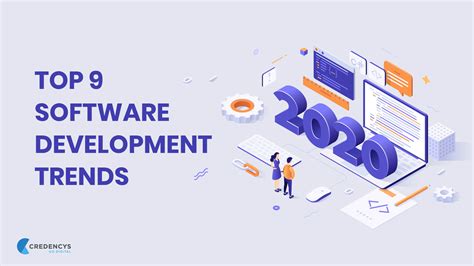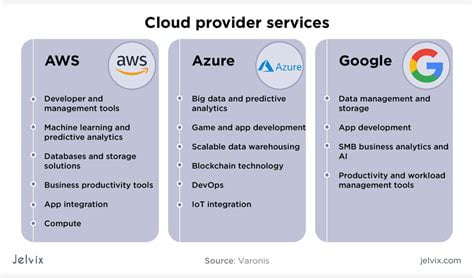Big data refers to the large amount of structured and unstructured data that is generated and collected by businesses, organizations, and individuals on a daily basis. This data can come from a variety of sources, such as social media, mobile devices, sensors, and transactional systems. The ability to collect, store, and analyze this data has become increasingly important in today’s digital age.
Structured Data
Structured data is data that is organized in a specific format, such as a spreadsheet or a database. This type of data is easy to search, filter, and analyze. Examples of structured data include customer information, sales data, and inventory records.
Unstructured Data
Unstructured data is data that is not organized in a specific format. Examples of unstructured data include social media posts, emails, images, and videos. This type of data can be more difficult to analyze, but it can also provide valuable insights into customer behavior and preferences.
Real-Time Data
Real-time data refers to data that is generated and processed immediately. This type of data is often used in industries such as finance, healthcare, and transportation, where timely information is critical. For example, real-time data can be used to monitor stock prices, track patient health data, or optimize transportation routes.
Big Data Analytics
Big data analytics is the process of analyzing large data sets to uncover patterns, trends, and insights. This can be done using a variety of tools and techniques, such as machine learning, data mining, and predictive analytics. The goal of big data analytics is to help organizations make better decisions and improve their overall performance.
Data Privacy and Security
As the amount of data being collected and analyzed continues to grow, data privacy and security have become major concerns. Organizations must take steps to protect sensitive data from cyber threats and ensure that they are complying with data protection regulations.
Data Visualization
Data visualization is the process of presenting data in a visual format, such as charts, graphs, and maps. This can help make complex data sets easier to understand and can facilitate communication between different stakeholders.
What are the benefits of big data?
Big data can provide valuable insights into customer behavior and preferences, help organizations make better decisions, and improve their overall performance. It can also be used to develop new products and services, optimize business processes, and reduce costs.
What are the challenges of big data?
Some of the challenges of big data include managing and storing large data sets, analyzing the data in a timely manner, ensuring data privacy and security, and finding skilled data analysts and scientists.
What industries are using big data?
Big data is being used in a wide range of industries, including finance, healthcare, transportation, retail, and manufacturing. It has applications in areas such as fraud detection, supply chain optimization, and customer relationship management.
What are some examples of big data?
Examples of big data include social media posts, website traffic data, sensor data from internet of things (IoT) devices, and financial transaction data.
What is the role of machine learning in big data?
Machine learning is a subset of artificial intelligence that involves training algorithms to make predictions or decisions based on data. In the context of big data, machine learning can be used to uncover patterns and insights that would be difficult or impossible to detect manually.
How is big data changing the business landscape?
Big data is changing the way businesses operate by providing new opportunities for growth and innovation. It is helping organizations make better decisions, improve their products and services, and create more personalized customer experiences.
What are some ethical concerns surrounding big data?
Some of the ethical concerns surrounding big data include data privacy and security, algorithmic bias, and the potential for misuse of data. Organizations must take steps to ensure that they are using data in a responsible and ethical manner.
What is the future of big data?
The future of big data is likely to involve even larger data sets, more advanced analytics tools, and greater integration with emerging technologies such as artificial intelligence and the internet of things.
Big data can provide valuable insights into customer behavior and preferences, help organizations make better decisions, and improve their overall performance. It can also be used to develop new products and services, optimize business processes, and reduce costs.
To effectively leverage big data, organizations should:
- Invest in the right infrastructure and tools
- Ensure data privacy and security
- Find skilled data analysts and scientists
- Focus on actionable insights
- Continuously monitor and analyze data
- Stay up-to-date with emerging trends and technologies
Big data refers to the large amount of structured and unstructured data that is generated and collected by businesses, organizations, and individuals. The ability to collect, store, and analyze this data has become increasingly important in today’s digital age. Big data can provide valuable insights into customer behavior and preferences, help organizations make better decisions, and improve their overall performance. However, it also presents challenges related to managing and storing large data sets, analyzing the data in a timely manner, ensuring data privacy and security, and finding skilled data analysts and scientists.
 Eltupe Technology And Software Updates
Eltupe Technology And Software Updates



